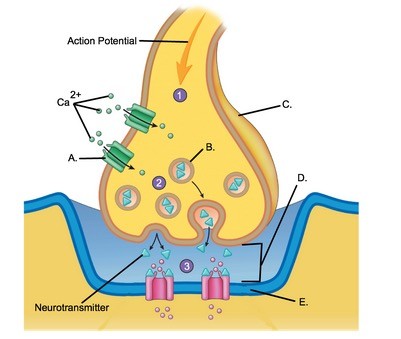Describe the major event in each of the three phases of swallowing
What will be an ideal response?
During the buccal phase, food is formed into a bolus; during the pharyngeal phase, the bolus contacts the palatal arches and moves into the esophagus; during the esophageal phase, swallowing begins as pharyngeal muscles contract and the bolus is moved toward the stomach by peristaltic waves.
You might also like to view...
What type of tendon is formed when the connective tissue elements of a skeletal muscle extend as a broad flat layer?
a) perimysium b) deep fascia c) fascicle d) aponeurosis e) endomysium
Answer the following statements true (T) or false (F)
1. Saliva begins the process of fat digestion. 2. The pharynx is part of both the respiratory and digestive systems. 3. The esophagus connects the pharynx and the stomach. 4. Gastroesophageal reflux disease (GERD) can cause irritation to the pylorus of the stomach. 5. An overly full stomach can interfere with the complete relaxation of the diaphragm and therefore may restrict the ability to take deep breaths.
 Identify structure "E" on the neuron.
Identify structure "E" on the neuron.
A. Axon B. Dendrites C. Node of Ranvier D. Schwann cell E. Neuron cell body (soma)
Catabolism within cells liberates energy, which is then captured and used to phosphorylate ADP to form __________
Fill in the blank(s) with the appropriate word(s).